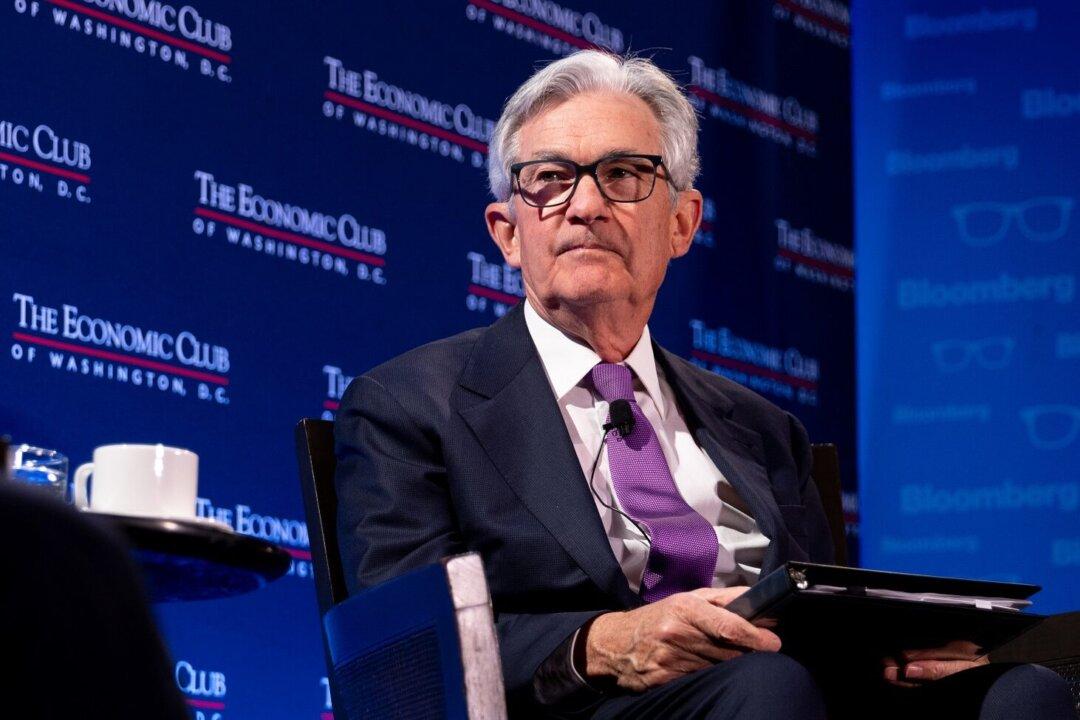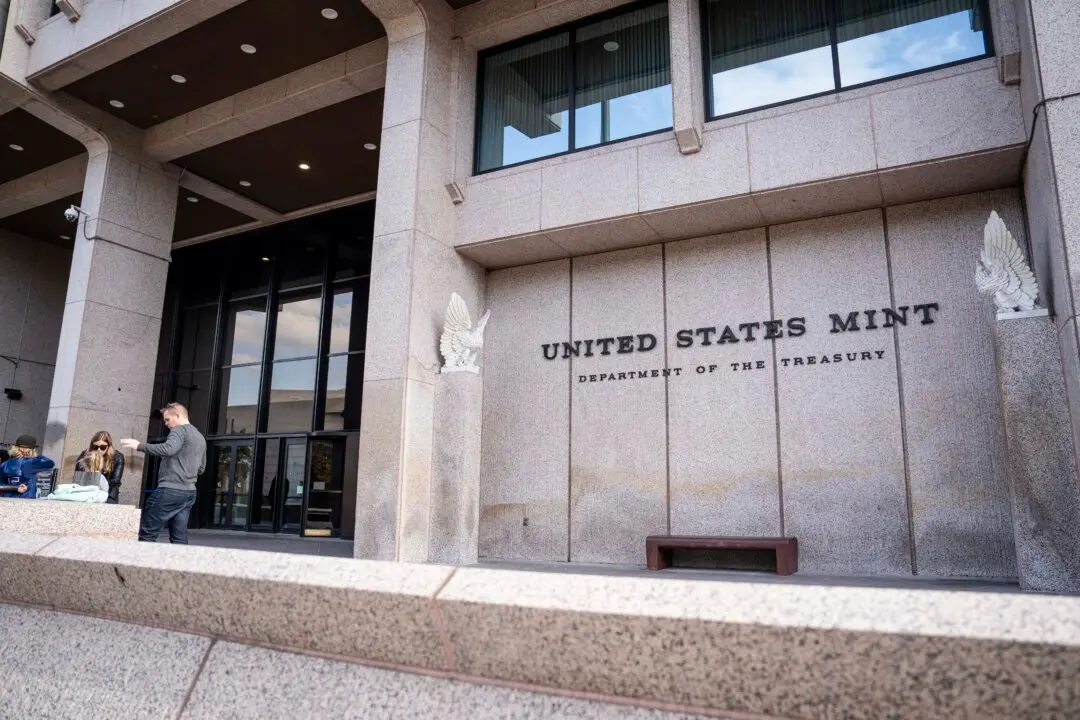Federal Reserve officials expect more rate hikes ahead, while some had advocated for a quarter-point increase at the June Federal Open Market Committee (FOMC) policy meeting, according to new minutes from the meeting.
Rate-setting Committee members agreed that more rate increases are ahead but at a slower pace. They also found it acceptable or appropriate to leave the target rate unchanged at 5 to 5.25 percent, noting that maintaining a restrictive stance would be ideal.





